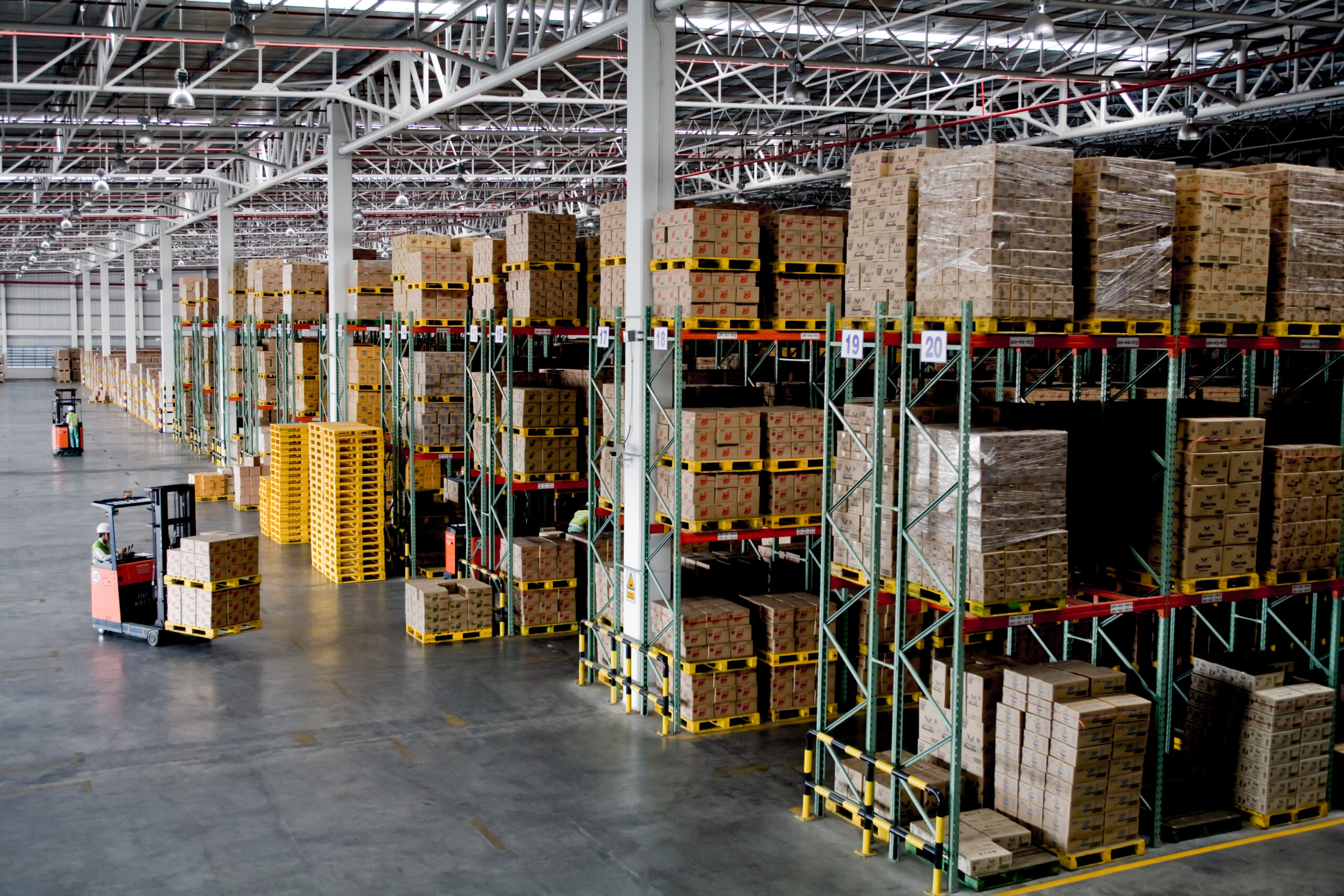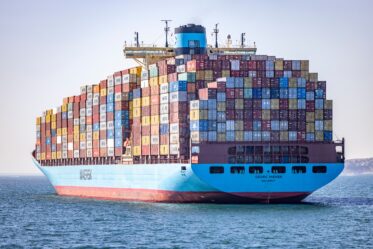
It seems we’ve traded old pandemic-induced economic blows for new Russo-Ukrainian War-induced supply chain disruptions. Add in mounting global inflation and you’ll get a world faced with higher prices for harder-to-find goods. Chief among those suffering from supply chain disruptions the most are building and hardware distributors and manufacturers.
Top causes of supply chain disruptions
It all started with COVID-19. The lockdowns prevented people from going to work and, in turn, rendered many factories and plants idle. Faced with safety regulations and a lack of products, businesses had to suspend their operations – halting the global supply chain and the economy as we knew it. As a whole, supply chain issues are generally a result of shortages. Here’s how they happen:
Equipment issues mean more supply chain disruptions
Investing in new equipment has taken a backseat to survival these past few years, as companies have been more concerned with outlasting COVID-19 than improving their production systems. However, the coinciding push for sustainability has sent some standard equipment and machinery into retirement. Old machines out with no new ones to replace them mean less production – and less production means more supply chain delays.
Labour and transportation problems
Even when manufacturing firms eventually reopened, labour shortages – largely caused by an ageing workforce and a lack of interest to replace them – impeded the transportation of goods. This lack of drivers and warehouse workers caused bottlenecks in the delivery system.
Global bottlenecks
With fewer delivery workers and limited working hours, transportation costs ballooned as manufacturers engaged in a bidding war to get their products out sooner. In addition, sporadic outbreaks in ports and terminals led to short-term closures that led to a bigger supply traffic jam.
Fuel prices
Another factor that disrupted the building materials industry was fuel prices. The oil industry decided it wanted to recoup the revenue it lost when demand for fuel fell during the pandemic’s early months. This caused fuel prices to skyrocket. Then, the Russo-Ukrainian War further constricted an already tight global supply of oil products. Suddenly, transporting goods became doubly expensive due to fuel hikes alone.
How to overcome supply chain disruptions
Forward-thinking building and hardware distributors and manufacturers can minimize the effects of supply chain disruptions. As the world tries to find its footing, here are some ways to find yours in the meantime:
1. Use substitute materials
Even before the pandemic, the global demand for industrial expansion already strained building materials and supplies. This is true for both sustainable and non-sustainable materials. COVID-19 and the Russo-Ukrainian War exacerbated the situation by making these materials – think cement, steel, wood, and the like – more difficult to obtain and deliver.
Thankfully, alternative building materials (ABMs) are now gaining popularity as lower-cost, sustainable, and environmental-friendly sources of building materials. They include locally available materials such as bamboo, rammed earth, strawbale, ferrock, and hemp. Using these materials can provide a short-term solution to the ongoing shortage of regular building materials. They can also serve as long-term, sustainable solutions for when demand for building materials overwhelms supply in the future.
2. Try alternative routes
This next solution looks into the supply chain disruption caused by bottlenecks in the delivery routes. Many manufacturers consign their products from plants located in China or elsewhere where raw materials are plentiful and labour is cheap. The savings amassed from contracting the manufacturing process are now being eaten by higher transportation costs, mostly those of ocean freight and cross-country hauling.
Companies are now revisiting their transportation delivery systems to check if they still hold a competitive cost advantage. If not, they are looking into changing their strategies to minimize the effects of these supply chain disruptions. This includes looking into railways instead of long-haul trucks to combat the issues of trucker shortages and higher fuel prices.
Companies are also looking into building more warehouses and processing centres closer to their major retail destinations. Other major retail importers are now assembling their own cargo fleets to better manage their transportation costs.
3. Automate the supply chain
With more companies adopting a leaner and meaner approach to operations, automated supply chains are fast becoming a viable alternative to traditional systems. Incorporating technologies such as artificial intelligence, machine learning, and digital process automation increases output while reducing costs. As a result, operations become more efficient as human errors fall.
Examples of supply-chain automation include product record-keeping, inventory management, order processing, and shipment tracking. Other back-office system processes can also benefit from automation. While lower operational costs were the initial aim, more and more companies are now adopting automation to minimize supply chain disruptions. Now, it’s more about risk mitigation and ensuring a steady supply of products – even amid highly disrupted supply chains.
4. Communicate and coordinate closely
Increasing and enhancing communication between the groups involved in the supply chain can help. By opening channels to all major stakeholders, teams can relay potential problems before they snowball into something less manageable. At the same time, everybody can contribute ideas that can ultimately lead to a solution.
Using customer relationship management (CRM) software is a shining example of a communication and collaboration tool that can help manage issues before they become dire.
Coping made easy with Skynamo
Like other industries, the building and hardware sector could use some help in day-to-day sales operations. Distributors and manufacturers can use cloud-based field sales management tools like Skynamo to reduce the impact of supply chain disruptions.
Skynamo provides sales teams with real-time reporting and automated sales analysis while keeping tabs on each member’s sales activities. It also features streamlined CRM and contact management to stay in touch with customers and their needs. In case clients want to close the deal while you’re out in the field, Skynamo lets you capture and process orders using your smart device.
Learn more about how Skynamo can brace the impact of supply chain issues by giving your sales team access to real-time sales information. We’d love to learn more about your unique business needs before offering you a free demonstration.

